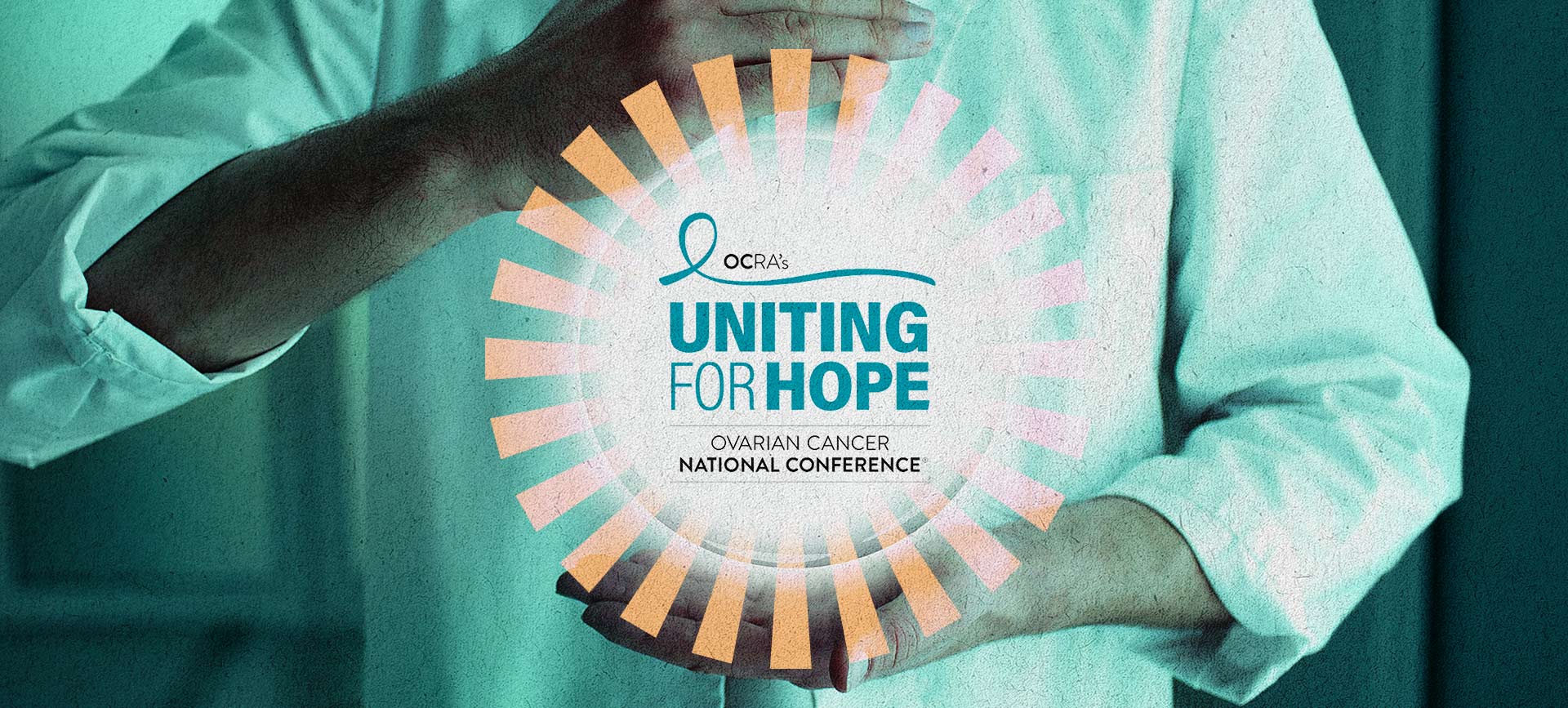During the first general session, ovarian cancer expert Stephanie Blank, M.D., director of gynecologic oncology for the Mount Sinai Health System in New York City, discussed the latest research, treatment and survivorship data.
Rates of new ovarian cancer cases and deaths are both decreasing. Blank said this decline is primarily due to three factors:
- The use of oral contraceptives, which reduce the risk of ovarian cancer
- Opportunistic salpingectomy, the removal of the fallopian tubes, which is where serous ovarian cancer, one of the deadliest types, originates
- The ability of physicians to identify people at increased genetic risk for ovarian cancer and perform risk-reducing surgery, such as opportunistic salpingectomy, hysterectomy or oophorectomy
Ovarian cancer is also now treated as a spectrum of conditions.
"Ovarian cancer is not one entity. We used to treat everybody the same," Blank explained.
Now, researchers know there are many different subtypes of the disease which require unique approaches. The subtypes are based on where the cancer originated in the gynecological tract.
"One size of ovarian cancer does not fit all. We need to find the right patient, the right drug, at the right time, and that's absolutely not the same for everybody," Blank emphasized.
Fortunately, in recent years, several new types of medication that can provide a more targeted approach have been developed. Blank said the only treatment options available before 2010 were forms of chemotherapy, but since then, all the treatments developed have been targeted agents that work differently and more precisely than chemotherapy.
In fact, there have been more drug approvals for ovarian cancer since 2014 than in the previous 60 years combined. These targeted medications are often used in combination with surgery and chemotherapy to provide the best outcomes.
Blank stressed that these advancements have been possible because of the availability of clinical trials.
"This is how the state of medicine moves forward, through these clinical trials, and this is how the care for people with ovarian cancer improves as we work toward a world without ovarian cancer," she concluded.












